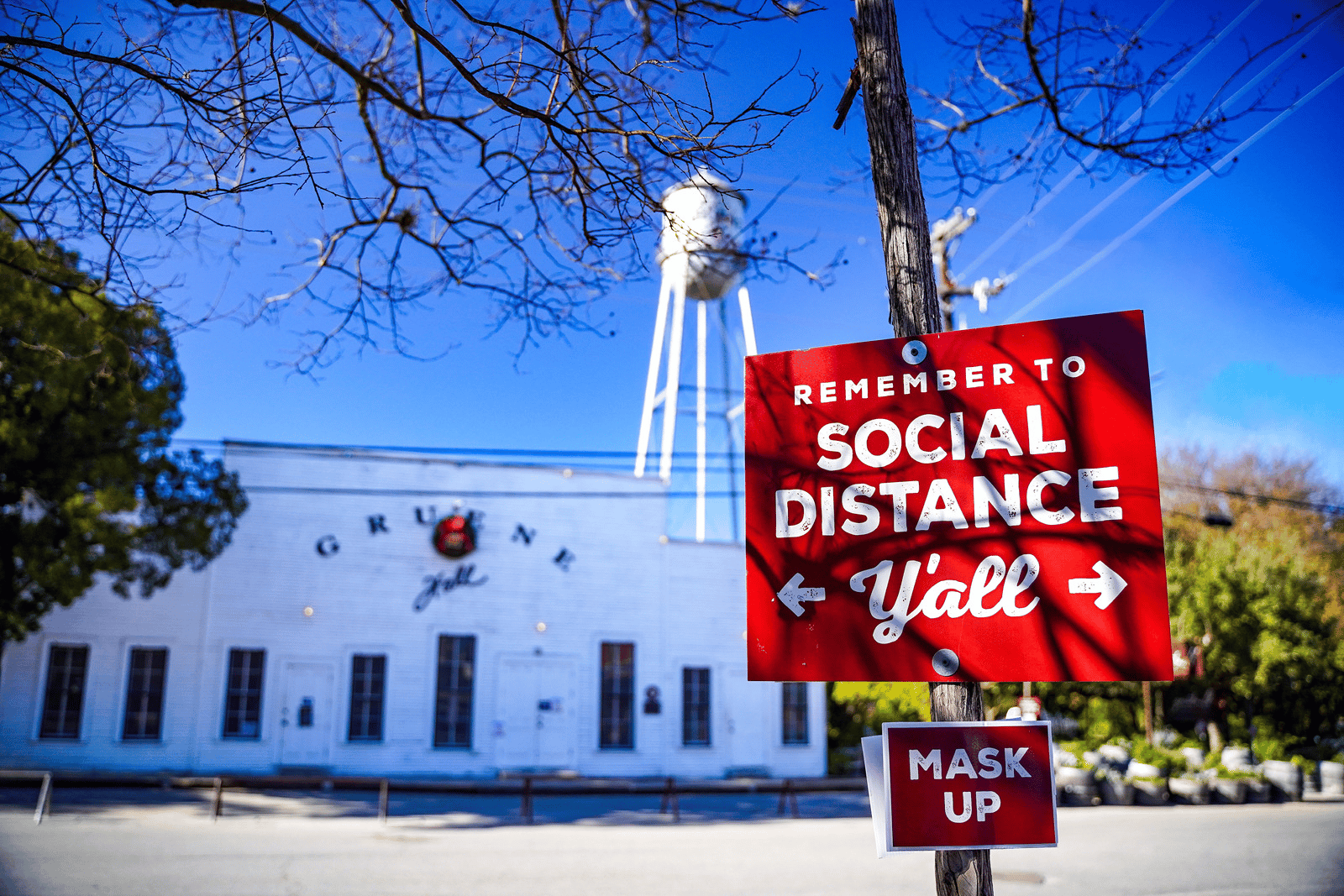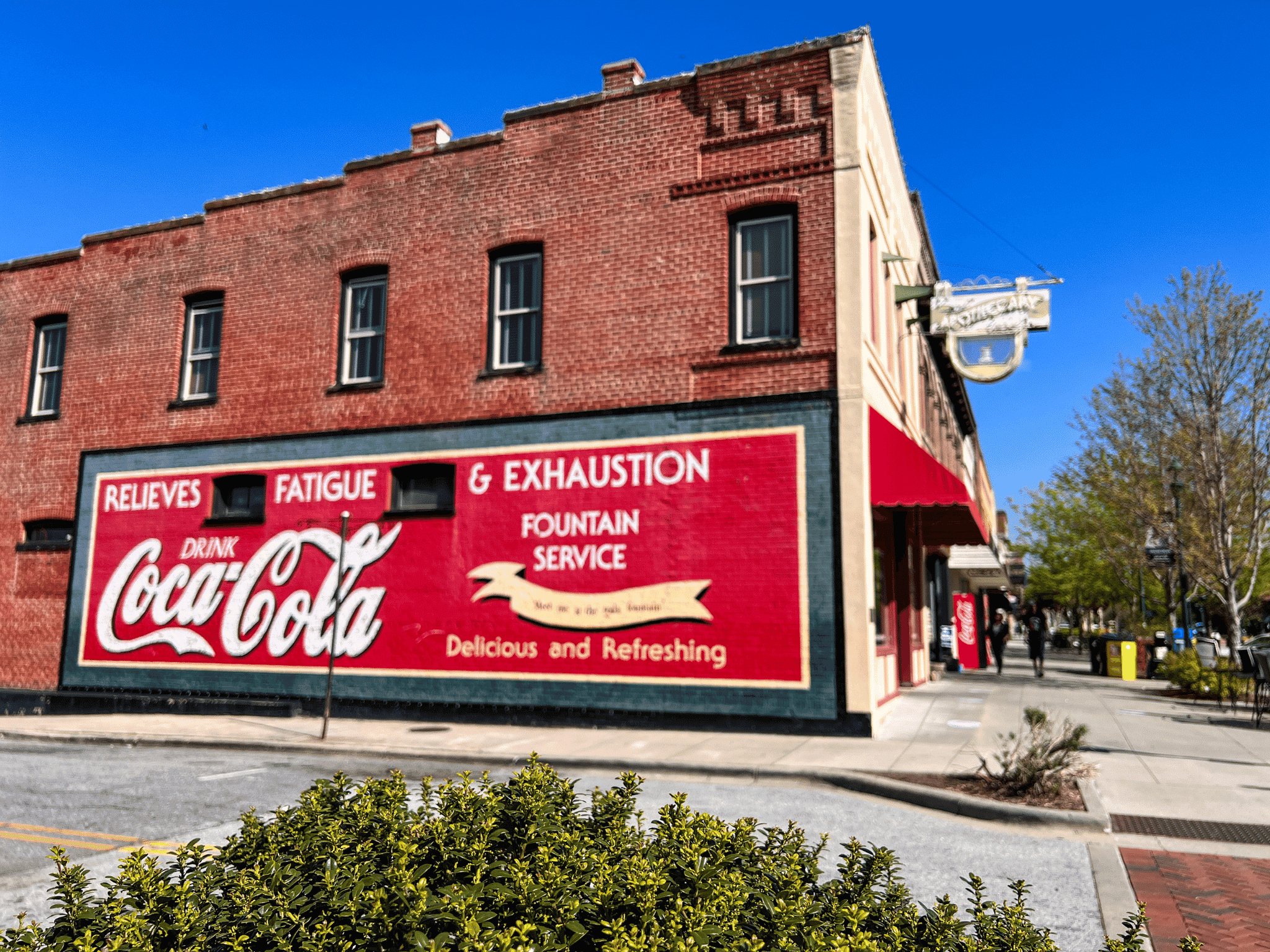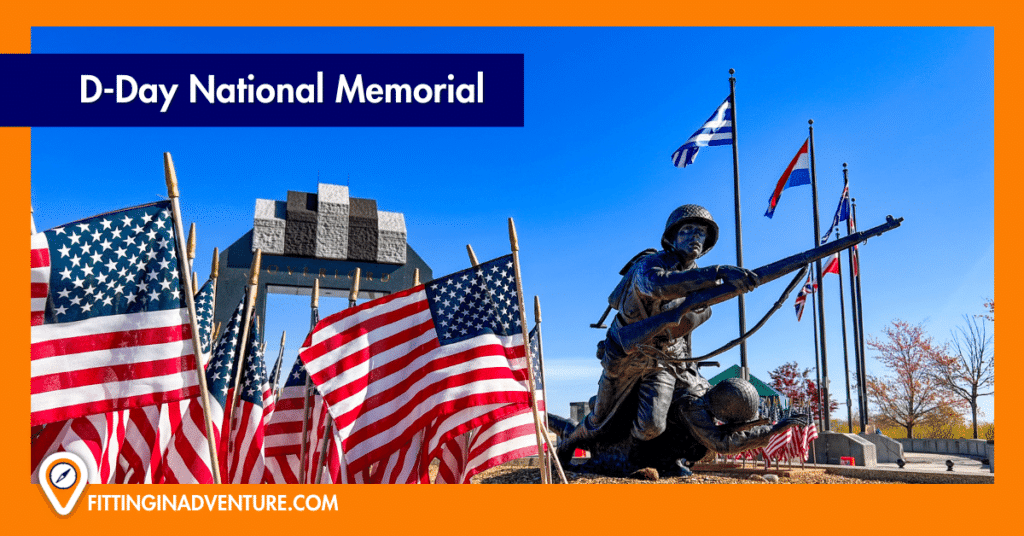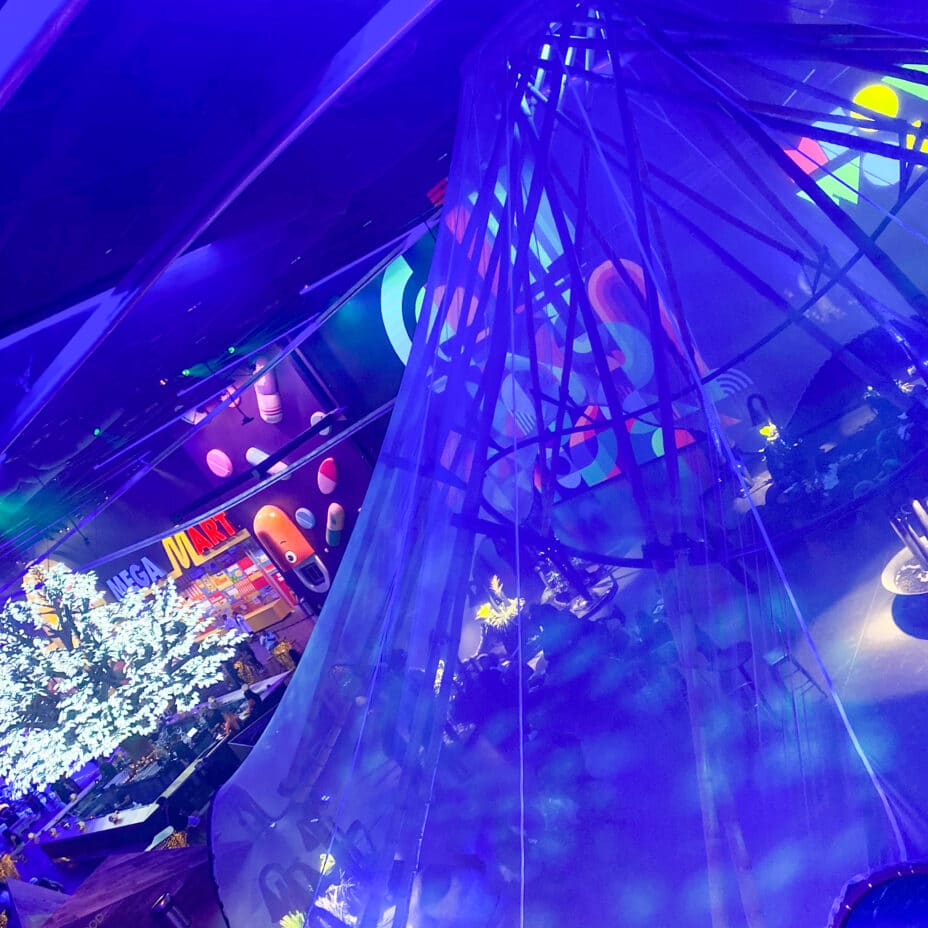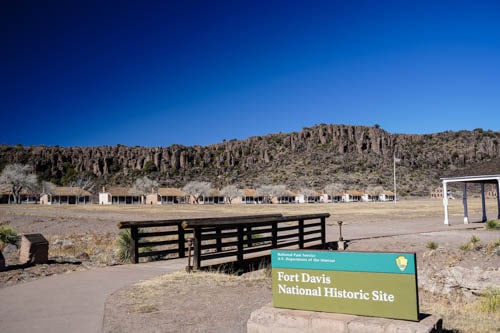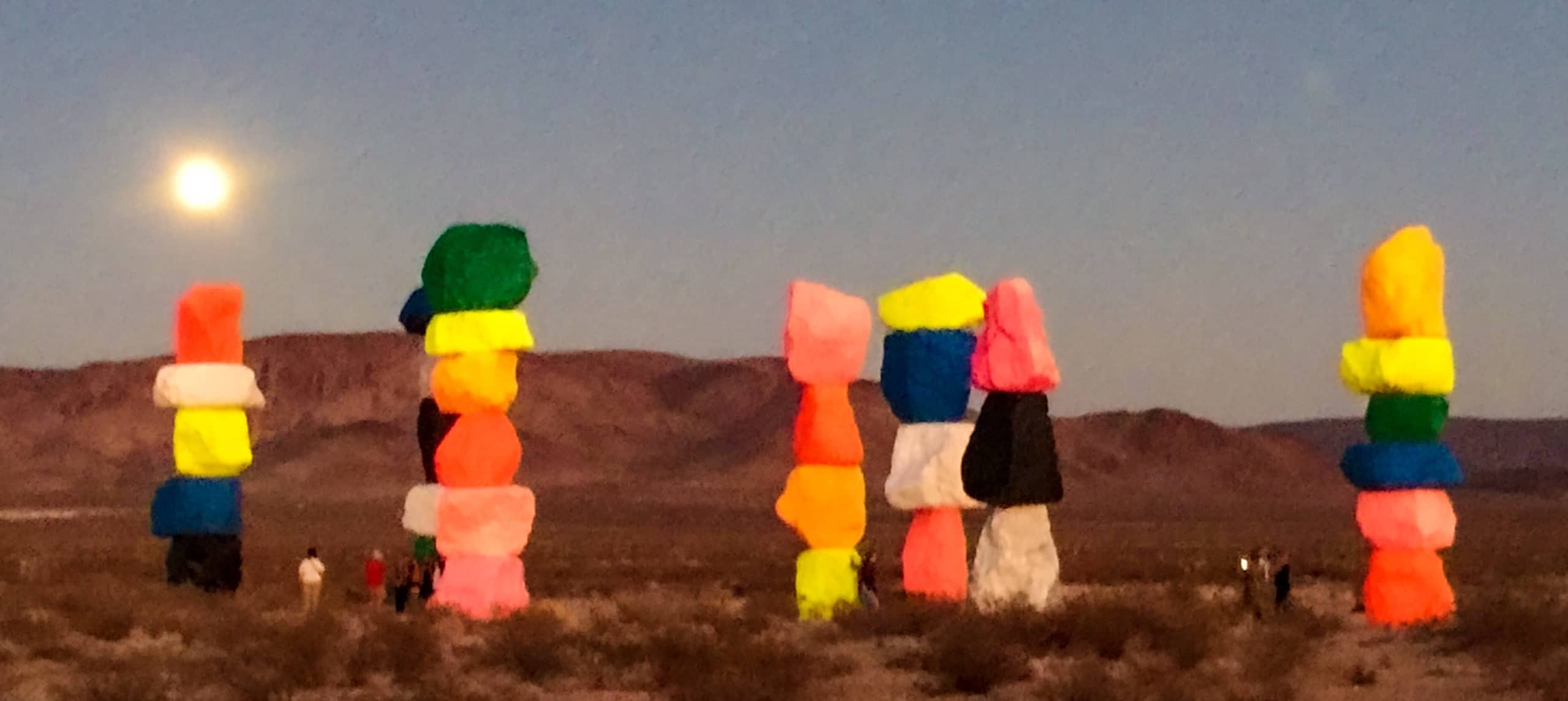Gruene Hall! Famous for all the right reasons. The town’s meeting place, high school graduations, and Saengerfests. You don’t know what a Saengerfest is? Me neither, but I found out it’s a German singing festival. And what it’s most known for, is a concert venue for some of Country music’s biggest stars. And where some other stars got their start.
Some Country Stars You May Have Heard Of That Played Here
Disclosure: Some links on our site are affiliate links. If you purchase a linked item, we will make a commission, at no extra charge to you.
- Willie Nelson
- Waylon Jennings
- Merle Haggard
- George Strait
- Lyle Lovett
- Pat Green
- Ryan Bingham
- Robert Earl Keen
- …and many, many more!!
The community of Gruene, originally called Goodwin, was settled in the mid-eighteenth century by German farming families. Ernst Gruene (pronounced “Green”) moved his wife and two sons to the area in 1872. Ernst’s youngest son, Heinrich (Henry), established his family’s presence through cotton. He acquired enough land to support between twenty and thirty tenant-farm families. A tenant farm is where a landowner contributes a part of their land to tenants. These tenants work the land and returns are shared between them and the land owner. Henry also built the town’s first mercantile store, cotton gin, lumberyard, and bank. He donated land for a school and even served as the postmaster for a time.
But it was in 1878 when he built Henry Gruene’s Dance Hall. Now known simply as Gruene Hall, it has been in continuous use since. The Hall provided hard-working farm families a place for socializing. And a much-needed respite from a difficult life. Henry knew this and hung a sign, originally in German, reading “The Best Liquor, The Best Beer, You Get at Henry’s Here.”

In the early twentieth century, dances began early on Saturday nights. With a break at midnight for food and coffee, the festivities would resume and go on until 5 o’clock in the morning. The late Oscar Haas remembered “those wonderful all-night dances at Gruene Hall-the long bar and the beer-the midnight supper-the children sleeping in the side room, as the parents danced until 5 am…the polkas, the schottisches, waltzes, and the happiest of all, the ring-arounds”.
In 1911, almost the whole town showed up to get their first glimpse of an airplane. The aviator acknowledged them with a dip of his wings. Cheers rang out, fireworks exploded, and the beer and whiskey flowed. A couple of cowboys got into a knife fight, but Henry quickly broke it up with a warning shot from his .44.
Despite all the happiness, residents faced difficulties as well. In 1925, a boll weevil infestation devastated the crops. During Prohibition, Henry again hung a sign. This time, it read “Only Near Beer is Sold Here. Real Beer is Sold Near Here.” The Great Depression and the decline in cotton prices nearly wiped out the town. At one point, the population was down to 75. With the construction of a new highway after World War II, the town is now bypassed. By 1950, Gruene is pretty much a ghost town. But, through it all, Gruene Hall stays open and operating.
In 1974, University of Texas Austin architecture student and avid kayaker, Chip Kaufman is out for a paddle. He floats down further than normal on the Guadalupe River. To the southernmost public takeout known as The Gruene Crossing. Up ahead, he sees an old water tower just above the trees and decides to investigate. He finds many buildings from the late 1800s and early 1900s. Immediately realizing their significance, he requests permission from the Texas Historical Commission to inventory the structures for their records. During this, he discovers a group of real estate developers had purchased the land, including all the buildings. And planned to raze everything to construct new condominiums. Kaufman was able to convince the group of the historic importance of the buildings. With their blessing, he worked to get the entire district placed on the National Register of Historic Places. The developers again agreed to allow Kaufman to find new owners interested in the historic buildings. The buildings would serve as the core commercial ventures in their new housing development.
Enter Pat Molak, an ex-stockbroker in his 30’s, and his business partner, Mary Jane Nalley. Frustrated with big-city life in nearby San Antonio, Pat was looking for a true Texas Dance Hall. He finds it in Gruene Hall. But a long-range plan was laughable at first. Molak said at the time, “At this point, it’s a matter of trying to have enough cash to buy beer when the beer man comes”. A few necessary repairs are made, but the Hall is left untouched for the most part. And that’s still how it stands today.
Not much of the 6,000 square foot Dance Hall has changed physically since it was first built. It still has its’ high-pitched tin roof. The layout is the same as it always was, with a bar in the front and a small lighted stage in the back. Along both sides are flaps that raise for open-air dancing and there’s a huge outdoor garden. Tin signs from the 30s and 40s still hang on the walls around the stage.
After Pat and Mary Jane bought Gruene Hall, Pat’s high school friends soon followed. One tried to open a winery. Another, a restaurant. Many enterprises came and went during the ’70s. But through it all, just like before, Gruene Hall was the constant. In this case, it was what brought the town back. Musicians fell in love with the Hall. Whoever was hot in Texas at the time wanted to play Gruene on a weekend night. Soon, music videos and tv commercials were being filmed there. Then, came Hollywood. 1993’s Flesh and Bone starring Dennis Quaid and Meg Ryan. And 1996’s Michael with John Travolta, to name a few.
Another big reason for Gruene Hall’s success, and the resurgence of the town, is Tracie Ferguson. Back in college, Tracie’s friend hooked up with three guys and formed the Beacon City Band, a band playing on the folk circuit. She would record them every time they played and would take the recordings and go out to search for gigs. That was her beginning. Hanging around with and helping a friend’s band. It was with BCB that she first went to Gruene Hall. Through them, she met Lyle Lovett, Robert Earl Keen, and Nancy Griffith. After BCB broke up, she busked around Europe with two of the members. A third stayed and booked bands for Gruene Hall, but didn’t like it. So, when she returned, she took over for $50 a month.
Owner Pat Molak never set any limitations. Whomever Tracie wanted to book, she could. She started getting really talented musicians and people started talking. And it grew from there. At first, it was just Sundays. Then, after about 8 years, she started booking Thursdays and Fridays. Pat always booked Saturdays. Eventually, it was a little bit of everything and special events. Tracie used to have to search out performers, hitting up clubs and even out-of-state music festivals. But eventually, everything took off. Her email explodes with hundreds of messages and sound clips. She spends most of her days listening to these, reading reviews, and relying heavily on recommendations. One thing she does not tolerate is trying to buy your way onstage. You can’t pay her for the opportunity to play. She doesn’t book those that are just in it for the money. She books those that are passionate about their music. She said, “I never look at somebody and think, ‘This guy’s gonna be big-time, I wanna book him’. I just think, ‘This guy’s good, I wanna book him.”
She apparently knows what she’s doing, too. Because Gruene Hall is always full and many artists have gotten their start on that old wooden stage. It’s the type of venue country artists get depressed they can’t play when their careers just get too big. They booked Ryan Bingham before anyone had ever heard of him. Now, they can hardly afford him. In the nearly 150-year history of the Hall, not much has changed. They don’t have air-conditioning because they never did. Once it became required, they never acquired a liquor license. So Henry’s sign had to be adjusted to just “Beer Here”. Yet, despite the ruggedness of the place, it’s still a major attraction for country music. Through all these years, with all of country music’s stars that have come through the doors, the biggest winners have been you. The patrons. The person watching a show not knowing if the artist they see today will be a star tomorrow. When you can listen to great music and see a talented musician in such a small venue. And when you can say, “I remember seeing them when…”

